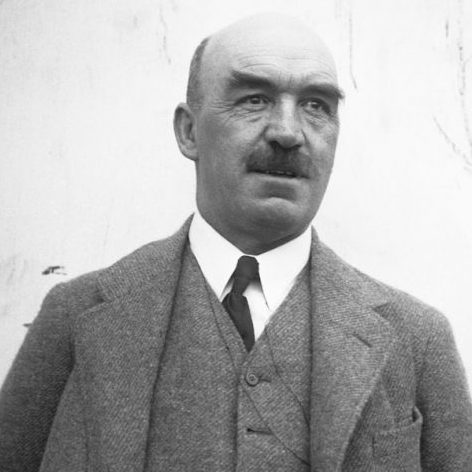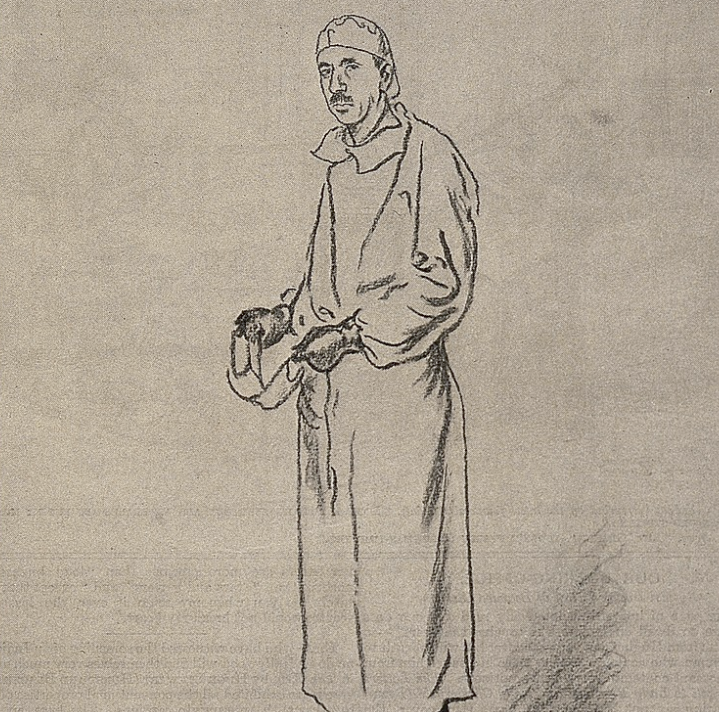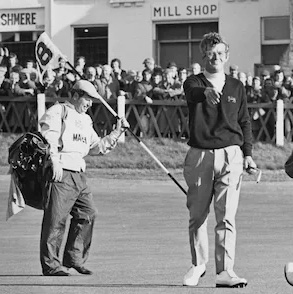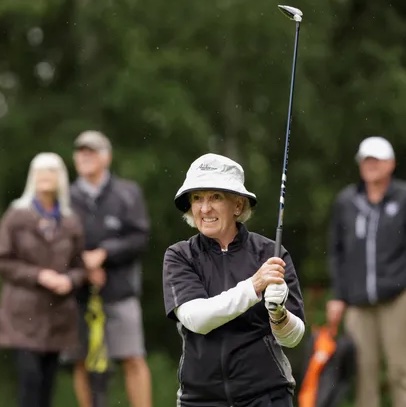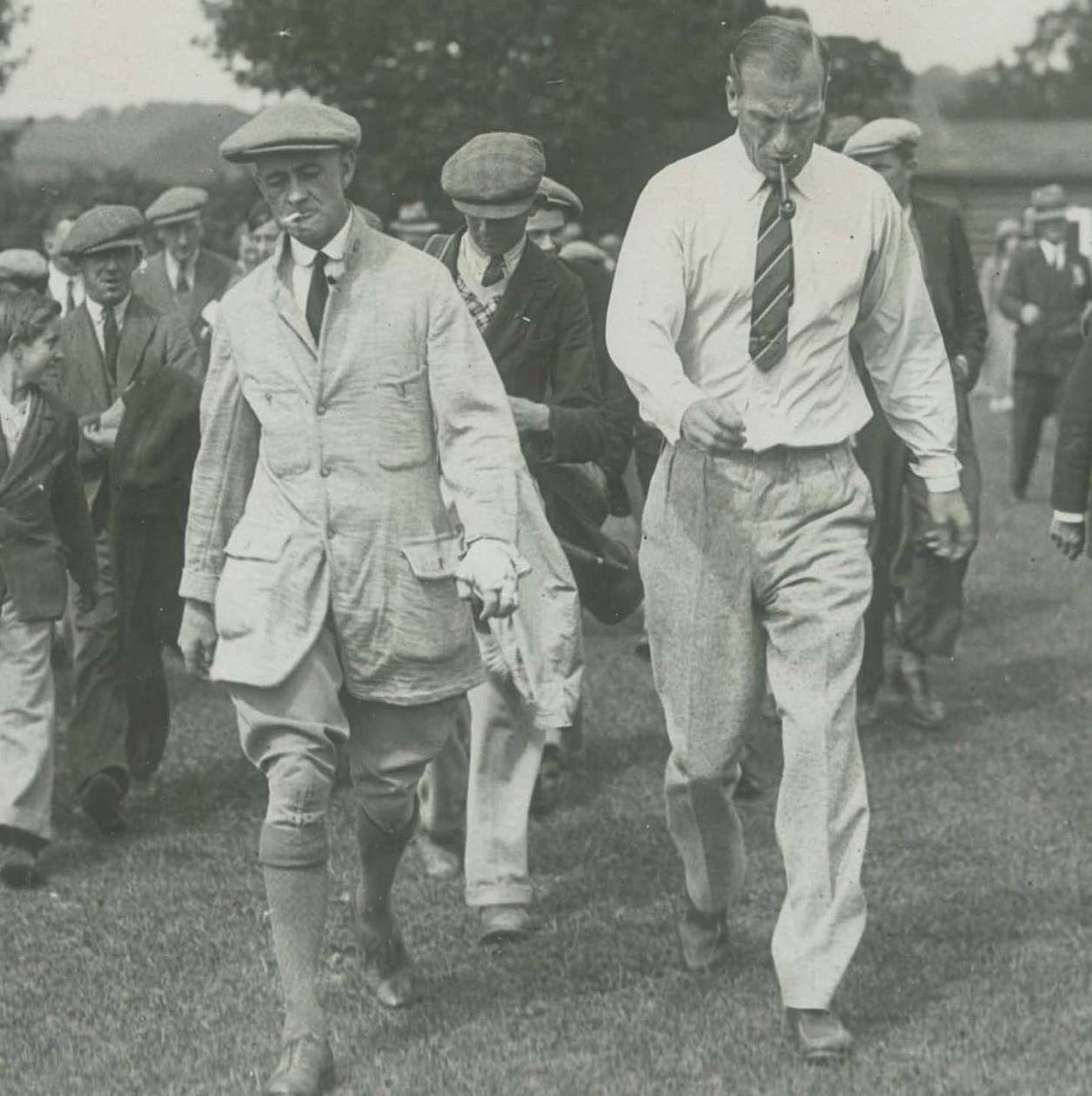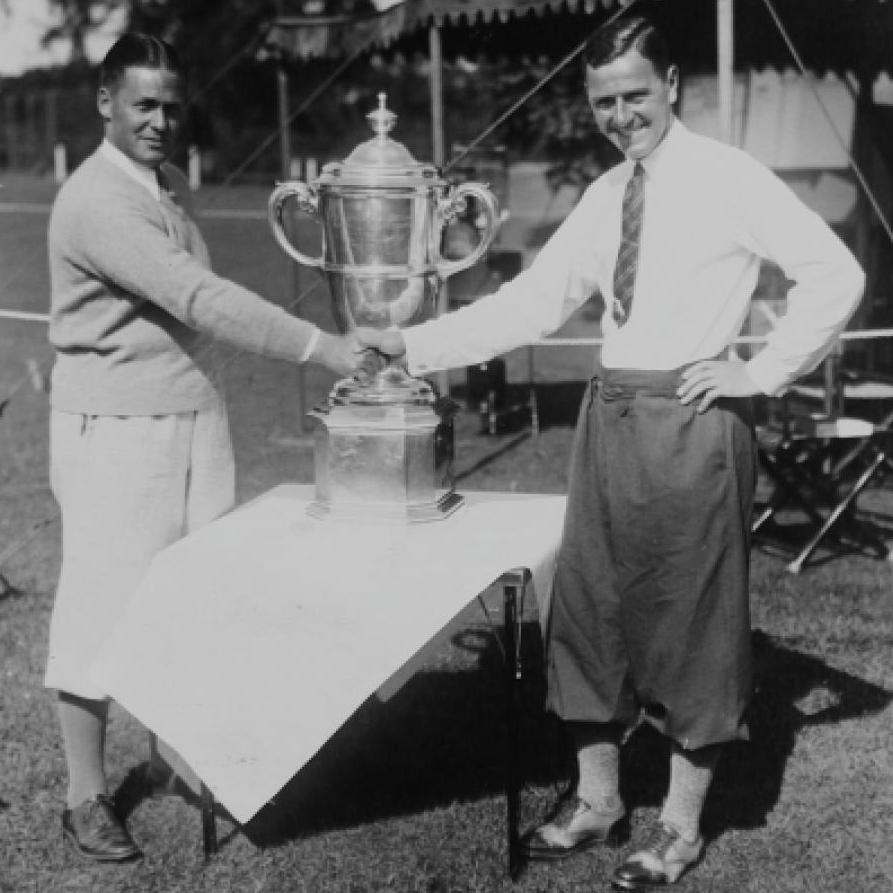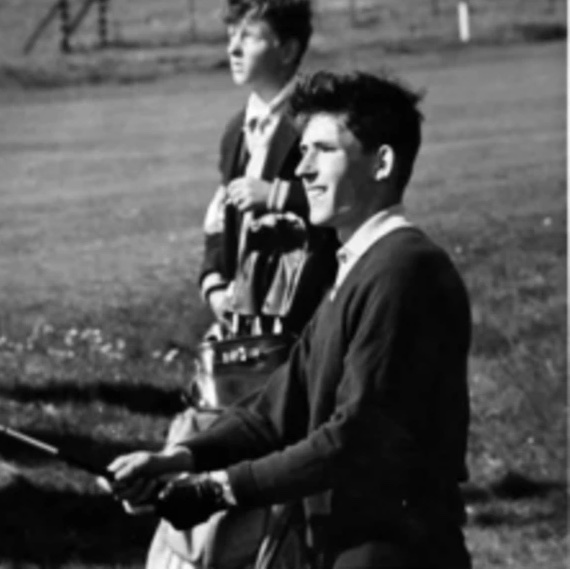Alister MacKenzie gained the nickname ‘The Good Doctor’- he served as a field surgeon in the Boer War not long after graduating from Cambridge, then it was time to ply his trade around Leeds, his hometown. He traded the scalpel for topography maps and golf course design after World War One. Harry Colt gave up his Law career after a couple of years to design courses, while MacKenzie saw out nearly twenty (intermittently) as a Doctor. I suspect the Good Doctor was less-than-full time at the Doctoring during these years; he produced Alwoodley GC as his first design in the middle of this period.
Colt wasn’t cash strapped- he took the Sunningdale Secretary job for £150 a year when the average London Lawyer was earning £1500 per annum. These men partnered up in design for a brief period of time but Colt was a far superior golfer than MacKenzie.
However some Doctors did find a lingua franca in playing good golf and the practice of Medicine. Profiled beneath are seven Doctors who led full lives on and off the golf course. The non-playing Captain of this medical septet is MacKenzie:
1. Sir Harold Gillies OBE, New Zealand born and Cambridge medically educated, did more for Medicine than most- he trained as Surgeon and was posted to WW1 where he did over 11,000 surgeries and what is considered to be the first ever advanced plastic reconstructive surgery (a skin flap) when he operated on a burns victim, Walter Yeo in 1917. His surgery was the shout in the valley that launched the avalanche of plastic surgery advancements.
Reading about Gillies it is clear to see his golf obsession and how important it was to him- I suspect he may be as proud of his 1925 Presidents Putter win, sandwiched between Bernard Darwin and Roger Wethered, as he was of his surgical achievements. He even came runner up to Harold Hilton in the 1914 Gold Vase! Gillies played so much competitive golf that he was often put down as player ‘X’ on early entry lists lest anyone from the hospital find out where he was.
Gillies worked right up until his death aged 78 as he mostly spent his considerable income rather easily, and died with not much, just like his contemporary MacKenzie.
2. David Marsh MBE sealed a GB&I win in the 1971 Walker Cup with an imperious 3-iron into the road hole at St. Andrews. GB&I hadn’t won since 1938 (their only win since the event started in 1923) and an American team including Tom Kite and Lanny Wadkins were unbackable favourites. Marsh became Chairman of Everton FC in 1991, after captaining the R&A golf club of St. Andrews the year before- consecutive appointments unlikely to be repeated. Marsh was a GP, and the British Medical Journal ran an obituary worth reading for Herbert Warren Wind’s description of that drilling 3 iron alone. He was often described as Doctor first and golfer second, given his dedication to his patients.
3. Mary Budke, an Emergency Medicine specialist in Oregon, won the US Women’s Amateur aged 18 in 1972, and played in the Curtis Cup in 1974. She won the Oregon Women’s Amateur every year from 1971-1979, bar 1975, when she didn’t play. This 8-in-9 streak had the golf world tip her for greatness but she had no eyes set on a professional golf career. After gaining her medical degree in 1980 she gave up golf for years, mired in 100 hour work weeks. She gradually got back into the game in 1986, even winning the Los Angeles City Women’s Championship in 1990, but for Budke Medicine took over as an obsession and she doesn’t bat an eyelid about what she could have achieved in the pro game, satiated by her career in the cut and thrust of the emergency department.
4. J.D MacCormack (Portmarnock GC, Grange GC) was more like a modern Doctor -4. struggling to get time off to play golf. Except his problem was he was selected to play in the Walker Cup at Garden City in 1924 and not dashing from clinic to make the Friday evening 9 and dine.

Gordon G. Simmonds in The Walker Cup 1922-1999 Golf’s Finest Contest relates how MacCormack couldn’t get sufficient time off work to make the journey. For MacCormack this would have been a remarkable comeback as he spent 1916-1921 in a wheelchair after terrible injuries in WW1 and had to learn how to walk again. In 1916 he married for the first time to a lady 30 years his senior who was a nun before becoming a prostitute and then a pimp (next up was a Medical Degree I’m sure), Eugénie Guillou:

We can only assume that the same shell-shock injuries sustained that very year in the war led him to the above nuptials.
MacCormack was the longest hitter of a ball in the British Isles using a driver much longer and heavier than anything seen before. He was also a luminary of Portmarnock GC in 1949, the year in which the club hosted the British Amateur championship, bringing it outside Great Britain for the 1st time. He went on to reach the 3rd round, aged 58. His was an extraordinary life and is documented by Portmarnock GC historian Brendan Cashell at Golf Collectors.
5. When Bobby Jones won The Open at Hoylake in 1930, he jumped in a car and drove the next morning to play an exhibition match at Blackwell Golf Club with his pal William (Bill) Tweddell. It’s hard to fathom now, but it did happen, and the basis for the friendship was Jones and Tweddell were opposing playing Captains of their respective 1928 Walker Cup teams. Tweddell would also have met Jones when both played the 1927 Open Championship with Tweddell participating after winning the Amateur the same year.
Only three men have won the US and British Amateur championships in the same year- Harold Hilton, Lawson Little, and Bob Dickson. Remarkably, Little did it twice – 1934 & 1935. In the latter victory, he came up against Dr. Bill who hadn’t been playing much golf. The hottest golfer on the planet arguably, against the GP based in Stourbridge. Tweddell drew on reserves as deep as the famous Blackwell Golf Club wine cellar to bring the game to the 36th hole before losing by the smallest of margins. The mark of Dr. Bill’s good standing in the game was reinforced by his captaincy of the R&A in 1961/62.
6. David Sheahan waited for forty-five years for someone to take his claim to fame. Shane Lowry (2009), Danny Lee (2009, Pablo Martin (2007) are the last three amateurs to win on the European tour. The near half century gap between Martin winning in 2007 goes back to 21 year-old medical student Sheahan (Grange GC, Dublin) beating the cream of British and Irish Professional golfers in the 1962 Jeyes Tournament. He became the first amateur golfer to win a European professional event and the field included Christy O’Connor senior and Dai Rees and many other Ryder Cuppers. Sheahan couldn’t take the prizemoney but he also couldn’t defend the title the next year; still an amateur, he played the clashing Walker Cup at Turnberry! Like Marsh, Sheahan served almost 50 years as a GP.
7. To be a two-time Walker Cup reservist shows that you are a great player who was a little hard done by. That man is Neil Anderson of Shandon Park GC in Belfast. Walker Cups in the past have occasionally suffered from selection decisions from left-field and 1993 at Interlachen (moved from Chicago GC due to a lack of minority members) ignited controversy when the selectors for GB&I showed a predilection for younger players over older men with impressive form- Anderson was runner-up in that year’s Amateur; Garry Hay won the 1993 St. Andrews Links Trophy and also missed out. Anderson was named as the non-playing / travelling reserve as he had been in 1989 at Peachtree. Anderson is the type of Doctor you don’t want to meet professionally – a Pathologist, and is highly respected in his field. Back to back North of Ireland championships and a South of Ireland championship in the 1980’s were scattered amongst 69 International caps for Ireland for the sweet swinging son of Shandon.
Dr. Darragh Garrahy

